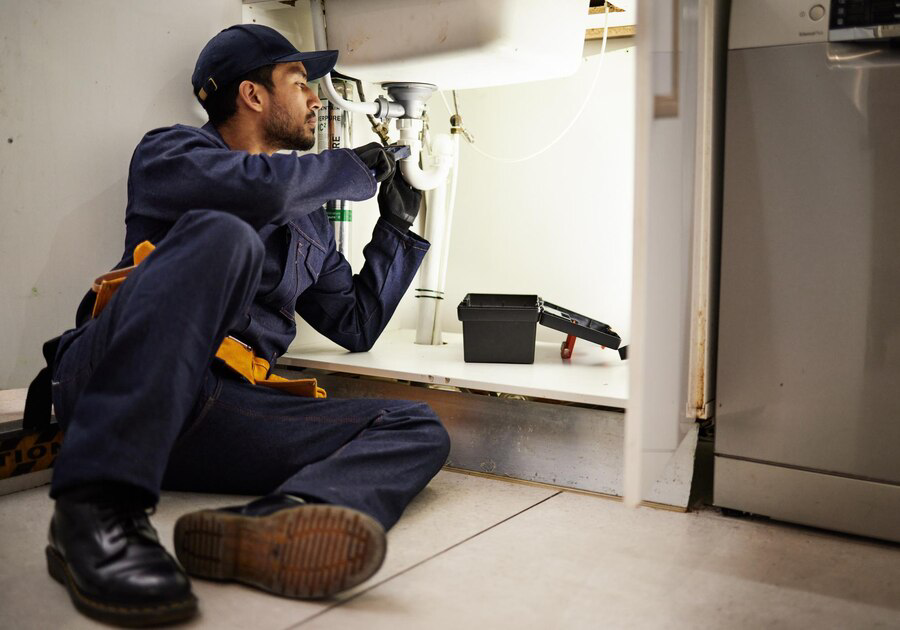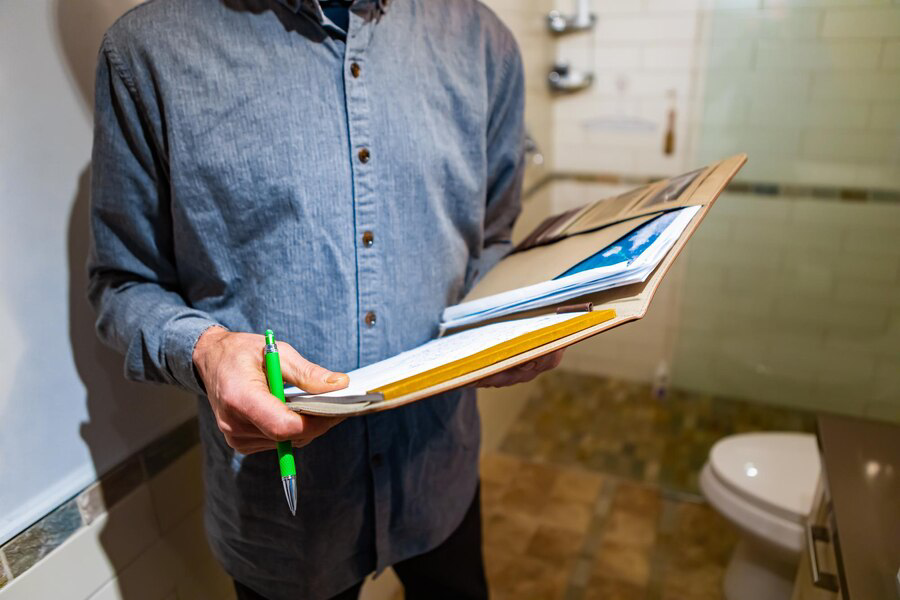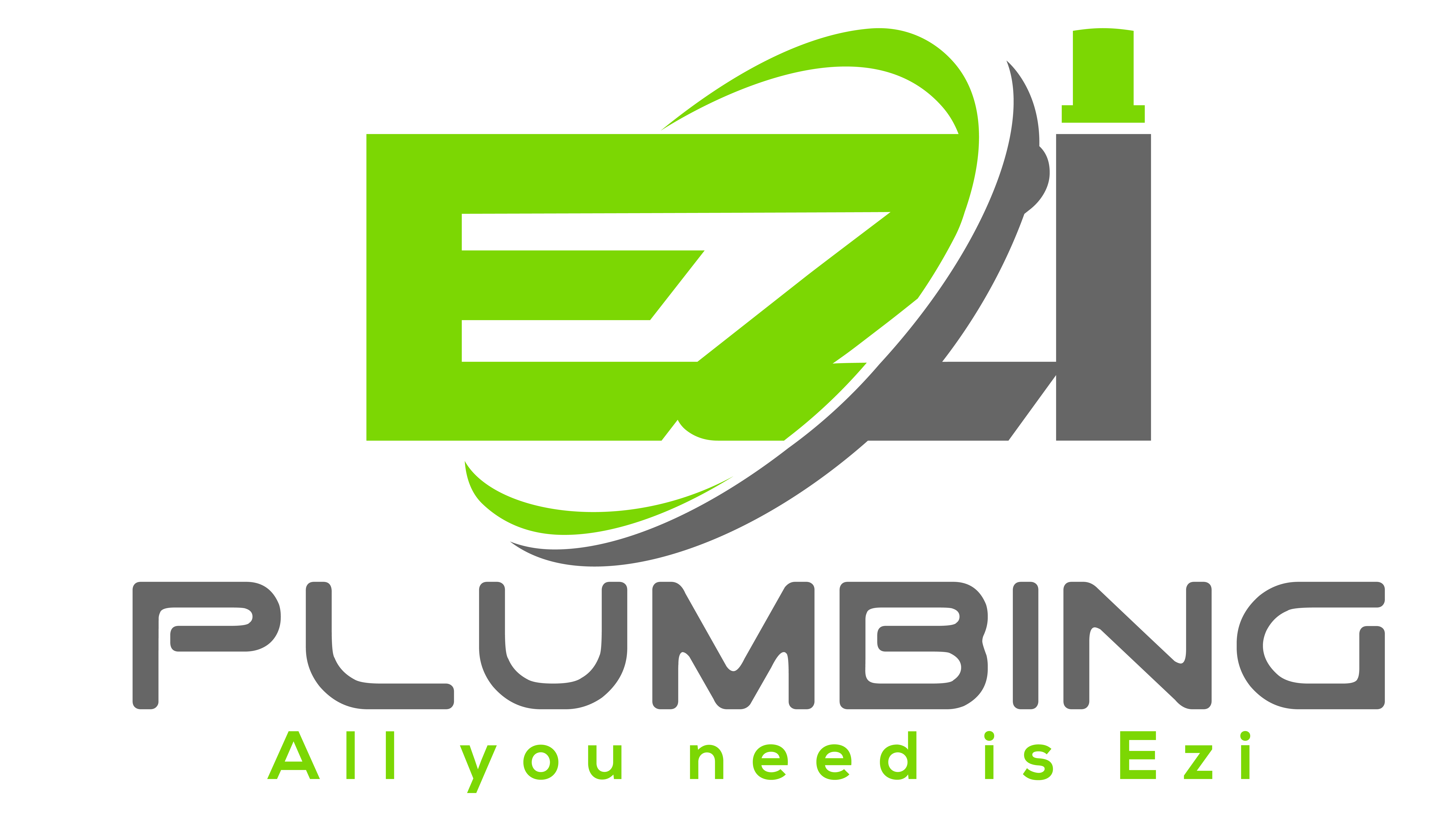Welcome to our comprehensive guide on navigating insurance claims for plumbing repairs. Dealing with plumbing issues can be stressful, whether it’s a minor leak or a major pipe burst. Fortunately, many homeowners have insurance policies that cover plumbing repairs, but understanding how to navigate the claims process can make all the difference in getting timely and sufficient reimbursement. In this blog series, we’ll break down everything you need to know about filing insurance claims for plumbing repairs. From understanding your policy coverage and limitations to documenting damage and working with adjusters, we’ll provide expert tips and insights to help streamline the process. Whether you’re facing a sudden plumbing emergency or planning for potential future repairs, arming yourself with knowledge about insurance claims can help alleviate some of the burdens associated with unexpected home maintenance issues. Stay tuned as we delve into the intricacies of plumbing insurance claims, empowering you to navigate the process with confidence and ease.
Understanding Your Insurance Policy: What’s Covered and What’s Not
When it comes to dealing with plumbing issues in your home, understanding your insurance policy is paramount. While insurance can provide financial protection in the event of unexpected damage, knowing exactly what is covered and what isn’t can save you from unpleasant surprises down the line. Let’s delve into the intricacies of insurance coverage for plumbing repairs to ensure you’re fully prepared when the need arises.

Start with the Basics: Reviewing Your Policy
Before you encounter a plumbing emergency, take the time to thoroughly review your insurance policy. Look for specific language regarding water damage, plumbing systems, and related repairs. Pay close attention to any exclusions or limitations outlined in the policy documents.
Covered Perils vs. Exclusions
Insurance policies typically cover specific perils, or causes of loss, which may include sudden and accidental water damage caused by burst pipes, faulty appliances, or plumbing system failures. However, it’s essential to be aware of common exclusions such as gradual damage, lack of maintenance, or pre-existing issues.
Understanding Limits and Deductibles
Your policy will likely specify coverage limits, which represent the maximum amount the insurer will pay for a covered loss. Additionally, you’ll have a deductible, which is the out-of-pocket amount you must pay before your insurance coverage kicks in. Be sure to understand these limits and deductibles to avoid any surprises when filing a claim.
Documenting the Damage
In the event of a plumbing emergency, documentation is key. Take photos or videos of the damage and keep records of any repair estimates, invoices, or receipts. This evidence will be crucial when filing a claim with your insurance company.
Communicating with Your Insurer
Promptly notify your insurance company of the plumbing issue and provide them with all necessary documentation. Be prepared to answer questions about the cause of the damage, the extent of the repairs needed, and any preventive measures you’ve taken.
Documenting the Damage: Tips for Providing Evidence to Your Insurance Company
When it comes to filing an insurance claim for plumbing damage, proper documentation is essential. The evidence you provide can significantly impact the outcome of your claim and the reimbursement you receive. In this guide, we’ll explore effective strategies for documenting the damage to ensure a smooth claims process.
Act Quickly and Thoroughly
As soon as you discover plumbing damage, take immediate action to document the situation thoroughly. Use your smartphone or camera to capture photos and videos from multiple angles. Pay close attention to areas where the damage is most severe, including water stains, mold growth, or structural weaknesses.
Include Contextual Information
Alongside your photographs and videos, provide contextual information to help your insurance company understand the extent of the damage. Note the date and time of the incident, as well as any relevant details such as the cause of the damage or any attempts you’ve made to mitigate further harm.
Take Before-and-After Shots
If possible, take photographs or videos of the affected area before the damage occurs. This will provide valuable context for your insurance company and help establish the extent of the harm caused by the plumbing issue.

Document Related Expenses
In addition to documenting the physical damage to your property, keep track of any related expenses you incur as a result of the incident. This may include repair costs, temporary accommodations, or the replacement of damaged belongings. Save receipts and invoices as evidence for your insurance claim.
Obtain Professional Assessments
Consider hiring a qualified plumber or water damage restoration specialist to assess the damage to your property. Their expert opinion and written assessment can serve as valuable evidence when negotiating with your insurance company.
Dealing with Denials: How to Appeal an Insurance Claim Rejection
Receiving a denial on your insurance claim can be frustrating, especially when you believe you’re entitled to coverage. However, it’s important not to lose hope. Here’s a guide on how to appeal an insurance claim rejection:
- Review the Denial Letter Carefully: Carefully review the denial letter from your insurance company to understand the reason for the rejection. Look for specific language or documentation requirements that may have led to the denial.
- Gather Additional Evidence: If you believe your claim was unfairly denied, gather any additional evidence or documentation that supports your case. This may include photos, repair estimates, expert opinions, or eyewitness statements.
- Craft a Persuasive Appeal Letter: Write a concise and persuasive appeal letter addressing the points outlined in the denial letter. Clearly state why you believe your claim should be approved and provide supporting evidence to bolster your argument.
- Follow the Appeals Process: Submit your appeal according to the procedures outlined by your insurance company. Be sure to meet any deadlines and provide all requested information promptly.
Conclusion
Navigating insurance claims for plumbing repairs can be a daunting task, but with the right knowledge and guidance, it becomes manageable. Understanding your insurance policy, documenting damages properly, and communicating effectively with your insurance provider are key steps in ensuring a smooth claims process. Additionally, partnering with a reputable plumbing service like EZI Plumbing can provide invaluable support and expertise throughout the entire journey. From assessing damages to providing detailed documentation for your claim, EZI Plumbing is committed to making the process as seamless as possible, so you can focus on restoring your home without added stress.
For further assistance or inquiries regarding insurance claims for plumbing repairs, don’t hesitate to contact us at EZI Plumbing. Our team of experts is readily available to answer any questions you may have and provide personalized guidance tailored to your specific situation. Reach out to us at +61 448467788 or visit our location in Chain Valley Bay. Your peace of mind is our priority, and we’re here to help every step of the way.

